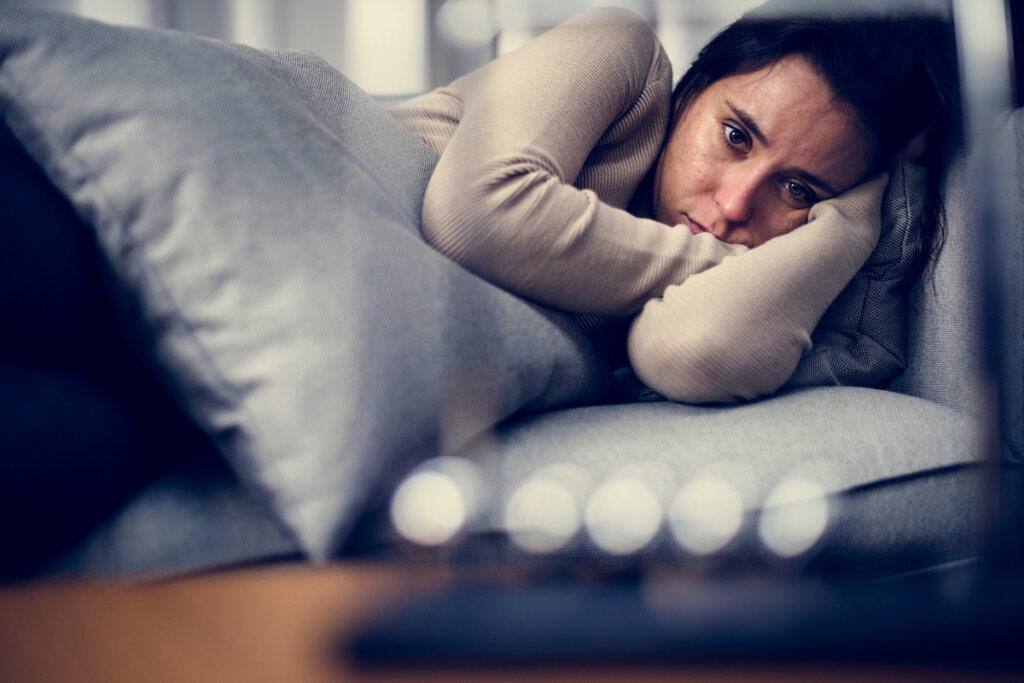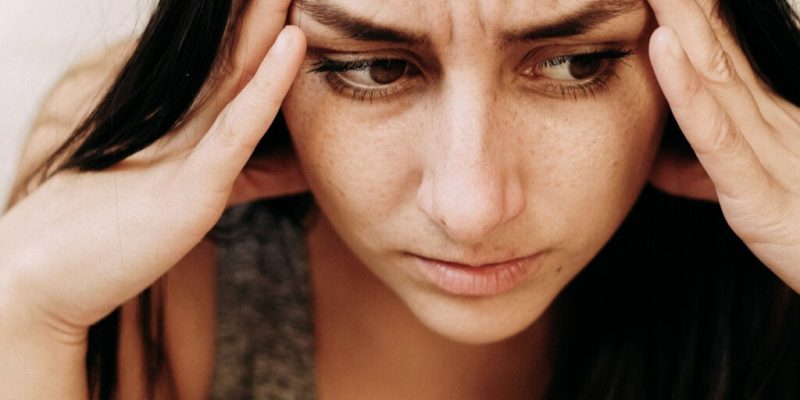Obsessive-compulsive disorder (OCD) is a limiting clinical entity characterized by the presence of obsessions and compulsions. The time that the sufferer spends on these rituals is a real problem. It’s thought that in mild cases they spend between one and three hours performing these behaviors, while in more disabling cases, they can be almost constant. Moreover, anxiety and depression greatly influence the course of symptoms in OCD.
Obsessions vary between sufferers. They might concern cleanliness, symmetry, repetition, order, or forbidden thoughts. As an example, imagine that every time you believe something is dirty, you’re flooded with the irrepressible urge to clean it. Even though it’s already really clean, you can’t resist cleaning it repeatedly. This is OCD.
Obsessive Compulsive Disorder (OCD)
The World Health Organization (WHO), characterizes OCD by the presence of persistent obsessions or compulsions, or both:
- Recurrent obsessions and persistent thoughts. They can take the form of images or impulses (urges) and are often annoying and unwanted. In addition, they can be experienced with anxiety because the sufferer tries to ignore, suppress, or neutralize them by performing certain compulsive behaviors.
- Compulsions are repetitive behaviors according to rigid rules. They can be behavioral rituals like cleaning the same object many times. Or, they can be mental, like counting up to 100 in twos.
For a diagnosis of OCD to be made, the obsessions and compulsions must produce a significant deterioration in the personal, family, social, work, educational, or other relevant areas of the sufferer.
People with OCD may have little awareness of the acts they’re carrying out. For this reason, the WHO has developed a new classification based on whether sufferers are aware that their beliefs may be unreal or that they firmly believe that performing their rituals helps them:
- Patients with fair to good introspection. In these cases, for much of the time, the patient is able to understand the possibility that their beliefs related to the obsessions and compulsions may not be true. Therefore, they’re willing to accept some alternative explanation for their symptoms.
- Patients with deficient or absent insight. Most or all of the time, the sufferer is convinced that the beliefs and thoughts related to the disorder are true. Consequently, they refuse to accept an alternative explanation for their experience.
The influence of anxiety and depression on OCD
People with OCD experience a wide range of emotional responses, including anxiety, depression, disgust, or the need to avoid places, people, or objects.
In psychology, the co-occurrence of two or more disorders at the same time and in the same individual is called comorbidity. In OCD, the highest comorbidity occurs with anxiety disorders and depressive disorders followed by other anxiety disorders, such as social phobia, or addictive disorders (mainly alcohol addiction).
Depression and OCD
In around half of the cases, both clinical entities occur in the same individual. Depression often appears after OCD sets in. Currently, it’s hypothesized that OCD could be a depressogenic disorder. In other words, it’s capable of producing depression in the sufferer. This process of co-occurrence of OCD and depression is often linked to rumination.
Let’s first examine what rumination consists of. Imagine a circle. Now, place your index finger on that circle and follow its circumference. Individuals who are prone to rumination find it extremely difficult to get out of the circle because they find themselves in a loop of thoughts that results in their attention being too focused on their own problems and symptoms. Rumination is a transdiagnostic process. This means it appears in a multitude of clinical entities such as trauma, depression, anxiety, and OCD. At other times, depression can mask OCD.
“When OCD-depression comorbidity occurs, the severity of the disorder is greater, quality of life worsens, and functional impairment is significantly greater. In addition, depression has a greater impact on obsessions than on compulsions.”
-McNally-
Some patients come to a consultation reporting depressive symptoms, considering them ‘more appropriate’ for receiving professional assistance than OCD symptoms. Or, because depressive symptoms are more recognizable.

Anxiety and OCD
The most common anxiety disorder among OCD patients is social phobia. Generalized anxiety disorder and specific phobias follow closely behind. Between 30 and 40 percent of patients with OCD also suffer from an anxiety disorder. In addition, these patients present a high percentage of panic attacks. In fact, up to 34 percent of people with OCD suffer from them.
People with OCD often face added difficulties in completing tasks quickly and efficiently. Likewise, indirectly, OCD can influence the confidence they’re able to nurture in their children.
Anxiety and depression are two relevant clinical entities that must be considered when planning an intervention for OCD. At present, it’s considered that the treatment with the most significant supporting scientific evidence is exposure with response prevention. This consists of exposing the sufferer to obsessive content, thus preventing the compulsive response from appearing.
The post The Effects of Anxiety and Depression on Obsessive Compulsive Disorder appeared first on Exploring your mind.



















Comments